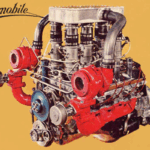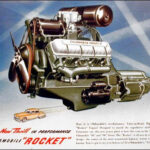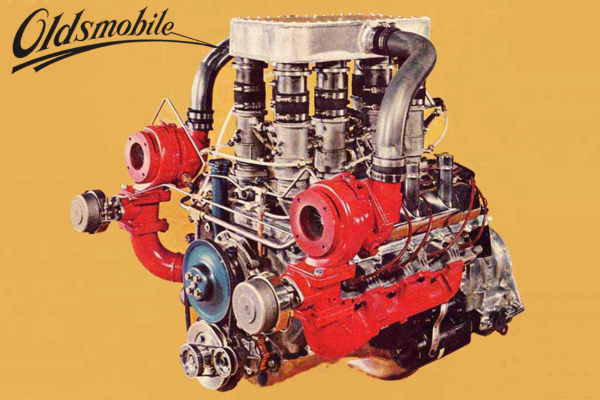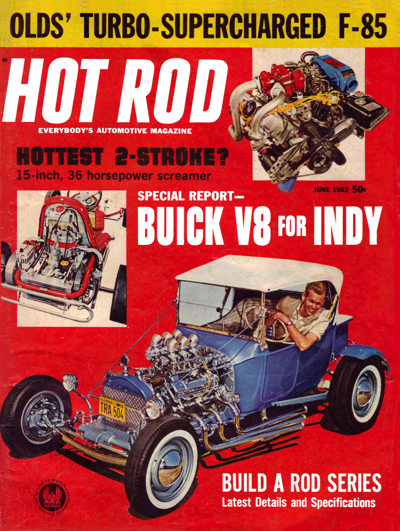What is an AMA Specification sheet?
An AMA specification sheet is a document that outlines the technical specifications and features of a particular model of automobile. It was developed by the Automobile Manufacturers Association (AMA) in the early 20th century to provide a standardized format for presenting information about automobiles to consumers and industry professionals.
The specification sheet typically includes information such as the make and model of the vehicle, its dimensions, weight, engine type and size, horsepower, transmission type, fuel efficiency, and other technical specifications. It may also include information about the vehicle’s features, such as safety equipment, interior amenities, and exterior styling.
AMA specification sheets were widely used by automobile manufacturers in the United States until the early 2000’s, when they were phased out. However, the concept of providing standardized technical information about automobiles to consumers and industry professionals remains an important part of the industry.
What is the AMA specification sheet used for?
It was intended to help consumers compare different makes and models of cars and to provide technical information that would help them make informed purchasing decisions.
The specification sheet was also used by dealerships and salespeople as an educational tool for interaction with potential customers about the features and capabilities of different vehicles. It allowed salespeople to provide consistent and accurate information about the cars they were selling, and to answer technical questions from customers.
In addition to its marketing and sales applications, the AMA specification sheet was also used by engineers, designers, and other industry professionals to communicate technical information about automobiles across different departments and companies. The standardized format of the specification sheet made it easier for different stakeholders in the industry to understand and work with the technical information related to automobiles.
Also, an AMA sheet could be used to restore a specific model:
-
Determining original specifications: An AMA specification sheet provides detailed information about the original specifications of the vehicle, including engine type, transmission type, dimensions, weight, and other key features. This information can be used to ensure that the restored vehicle is as close to the original as possible.
-
Identifying missing or incorrect parts: By comparing the information on the AMA specification sheet to the current state of the vehicle, it’s possible to identify missing or incorrect parts that need to be replaced or restored. This can help ensure that the restored vehicle is accurate and complete.
-
Choosing appropriate replacement parts: The information provided on the AMA specification sheet can also be used to select appropriate replacement parts for the vehicle. This can help ensure that the restored vehicle is as authentic as possible, and that replacement parts are compatible with the original specifications of the vehicle.
-
Ensuring historical accuracy: Restoring a vehicle using an AMA specification sheet can help ensure that the restored vehicle is historically accurate and represents an important piece of automotive history. By following the original specifications and features of the vehicle, the restored vehicle can be a valuable historical artifact and a testament to the craftsmanship and engineering of the era in which it was produced.
Technical Info & Specifications
Technical Information and Specifications Including AMA Info
Who provided the information in the AMA Specification Sheet?
The information for the AMA Specification sheets was provided by the automobile manufacturers themselves. The manufacturers were responsible for filling out the specification sheets and ensuring that the information provided was accurate and up-to-date.
The manufacturers typically had engineering and design teams that were responsible for compiling the technical information needed for the specification sheets. This information was then reviewed and approved by the manufacturer’s management team before being sent to the AMA for publication.
The AMA played a role in ensuring that the information provided by the manufacturers was accurate and consistent. The association established standards for the format and content of the specification sheets and reviewed the information provided by manufacturers to ensure that it met these standards.
Did all Brands/Manufacturers Provide AMA Specification Sheets?
Not all American automotive brands provided AMA specifications, but a significant number of brands did use these specification sheets during the period in which they were produced.
The AMA was founded in 1911 and provided specifications for American-made automobiles until the mid-1960s. During this time, many of the major American automotive brands, including Ford, General Motors, and Chrysler, utilized AMA specifications for their vehicles. However, it’s possible that some smaller or less well-known brands did not use these specifications.
Part of the requirement of membership was that the manufacturers were to submit a fact sheet called “AMA Specifications” on each make and model car. These sheets are 10 – 30+ pages in length and provide almost every significant specification on the model.
During the early stages of World War II, the association played a role in adapting American automotive manufacturing capabilities towards arms production efforts, especially regarding large aircraft engines. Some 654 manufacturing companies joined and produced nearly $29 billion in output for the Allied military forces.
That being said, it’s likely that thousands or even tens of thousands of AMA and MVMA specification sheets were produced over the course of several decades, given the large number of automobile models and variations that were produced during this time period. Some of these specification sheets were likely produced in large numbers and distributed widely to dealerships, while others may have been produced in smaller quantities and intended for more specialized audiences.
Many of these specification sheets may have been discarded or lost over time, some may still exist today in the collections of automobile enthusiasts, historians, and museums. And online digital libraries like ours. Search the technical section to see our ever-growing collections.
What Happened to the AMA-MVMA?
Following the horrible crash in 1955 at LeMans, disaster, and the 1957 NASCAR Mercury Meteor crash into the grandstands, the Automobile Manufacturers Association placed a ban on factory-supported racing. The ban began to ebb in 1962 when Henry Ford II announced that the Ford Motor Company would again begin participating openly in racing
In August 1973, the group changed its name to the Motor Vehicle Manufacturers Association, to reflect the growing importance of truck makers. In 1985 the association ruled that foreign transplants had to manufacture half their American sales within the country in order to join.
At the same time, the US government began to increase its regulatory oversight of the automobile industry, particularly with regard to safety and environmental standards. This further eroded the MVMA’s ability to represent the industry and coordinate its response to regulatory issues.
A final blow in the demise of the MVMA was the DaimlerChrysler merger of 1998 meant there were only two American-only manufacturers, too few for an organization. Thus the Association closed in January 1999, however, there are Specification Sheets with various acronyms including AMA, MVAMA, AAM, AIAM, and AAMA, through the early 2000s.
Finally, the rise of other industry groups, such as the Alliance of Automobile Manufacturers and the Association of International Automobile Manufacturers, further splintered the industry and made it more difficult for a single association to represent the interests of all automakers.













